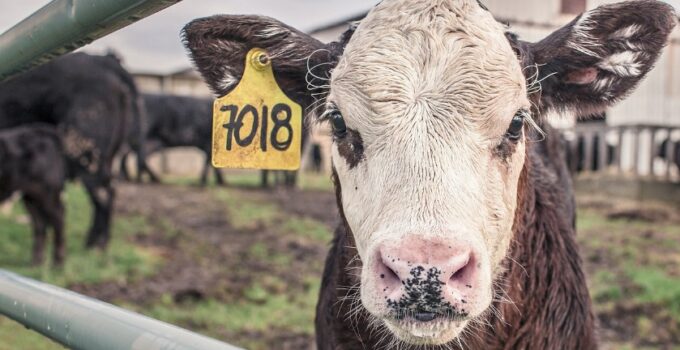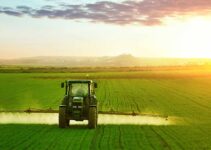As a business owner in the animal feed production industry, accuracy and consistency are crucial for creating high-quality, nutritious feed. With the right equipment, you can achieve precision at every stage of the process, ensuring your feed meets the nutritional needs of animals while optimising your operations. Investing in these seven essential pieces of equipment is key to crafting premium animal feed.
1. Grinders and Mixers
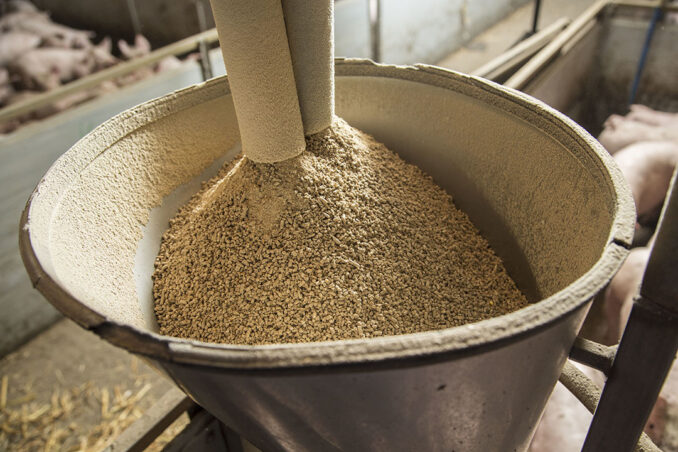
Source:pinterest.com
At the start of the process, grinders break down raw materials into smaller, uniform pieces for proper mixing. Hammer mills and roller mills are common grinding options selected based on feed materials and desired particle size. Mixers then blend ingredients, creating a homogeneous mixture for balanced nutrition. Ribbon blenders and vertical screw mixers are ideal for large batches. Using powerful, industrial-grade grinding and mixing equipment improves consistency.
2. Scales
Obtaining precise weights of individual ingredients is critical when formulating feed rations. Digital scales offer accuracy down to grams or ounces. Select heavy-duty scales that can handle large throughput volumes. Regular calibration ensures reliability. With proper scaling, you can precisely measure materials according to nutrient requirements.
3. Dosing Equipment
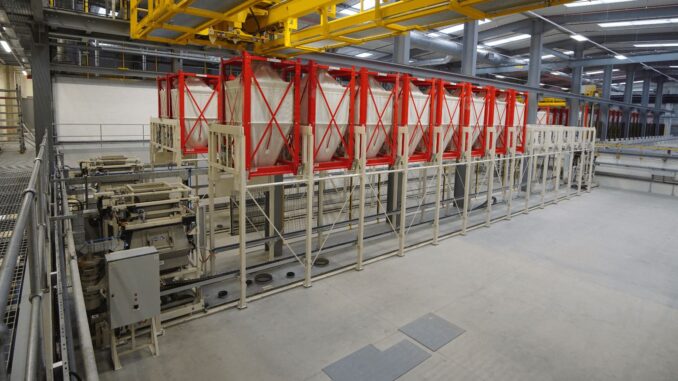
Source:facebook.com
Precision dosing ensures accurate inclusion of micronutrients like vitamins and minerals. Using advanced technology like the KSE Process Technology system, materials can be volumetrically dosed then checked gravimetrically against pre-programmed feed recipes. This micro-ingredient system provides extremely accurate inclusion rates for optimal nutrition.
4. Pellet Mills
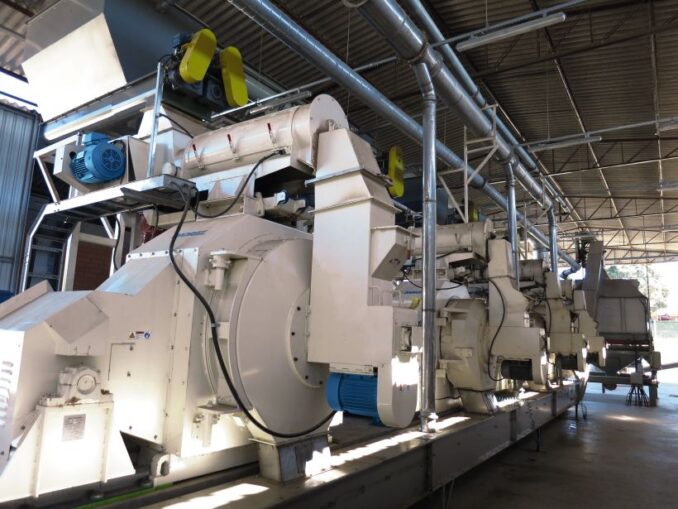
Source:youtube.com
For feeds containing a high percentage of grains, producing pellets maximises digestion while preventing ingredient separation. Pellet mills use pressure and steam to extrude mashed feed through die openings, forming hard pellets. This requires heavy-duty equipment but improves feed absorption in animals. Look for mills with variable die sizes for flexibility.
5. Coating and Enrobing Equipment
Adding nutritious coatings enhances feed by providing fatty acids, probiotics, and supplements. Enrobing units apply an even liquid or powder coating as feed tumbles in a drum. For oil coatings, consider closed systems that recover excess oil for efficiency and safety. Coating and enrobing provide nutritional fortification of feed.
6. Bagging Equipment
For transporting and storing feed, bagging systems fill and seal bags ranging from small sacks to one-tonne totes. Volumetric and net-weight bagging machines automatically fill bags to target weights. Robust sewing systems create strong seals to prevent spills and damage. Automated palletising then stacks and wraps pallets for shipment. Bagging streamlines packaging of bulk feed.
7. Conveying Systems
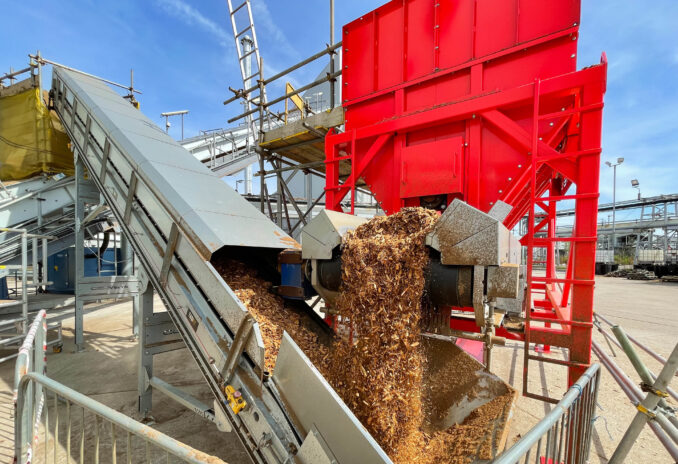
Source: coveya.co.uk
Efficiently moving feed between processes requires a network of conveyors, elevators, and augers. Enclosed belt conveyors prevent spills and dust. Bucket elevators gently lift feed vertically. Flexible screw augers move feed horizontally and can meter material dosage. With an integrated conveying system, feed batches seamlessly flow through production.
Furthermore, the use of state-of-the-art equipment supports environmental sustainability. Modern technologies enable more precise control over resource utilization, minimizing waste and reducing the environmental footprint of feed production. Sustainable practices are increasingly crucial in the agriculture industry, as consumers and stakeholders demand ethically produced and environmentally responsible products.
Investing in high-caliber equipment is not just a short-term strategy; it is a forward-looking approach to stay competitive in the market. As regulations and industry standards continue to evolve, having cutting-edge equipment positions a feed production facility to adapt quickly and meet emerging requirements.


